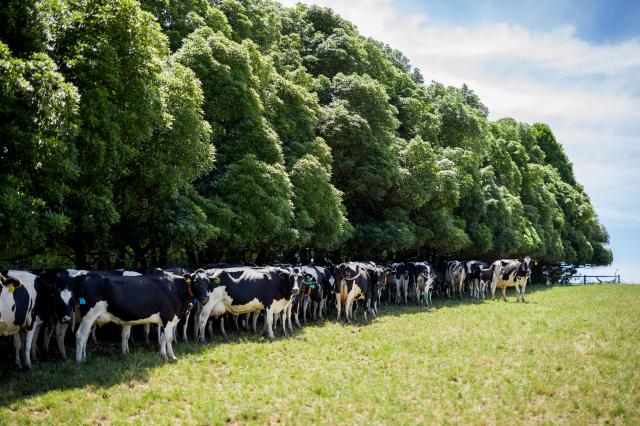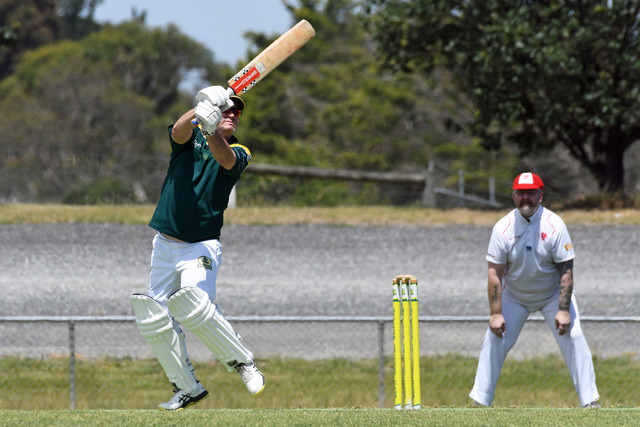Australia’s dairy producers are set for another profitable season ahead – with record high milk pricing and favourable seasonable conditions – but risks are building, Rabobank says in its just-released Australian Dairy 2022/23 Seasonal Outlook.
The report, titled ‘Be Confident, but Beware’, says while global dairy market “fundamentals” remain currently strong and high local milk prices will support profitability, farmer margins are under pressure from increasing costs.
Meanwhile a market correction is on the horizon, as a “subtle rebalance in global markets occurs”, while “turbulence” also “looms large with continuing impacts from seismic global events”.
However, the report says, “a soft landing in global markets and a strong currency will still support record milk pricing in 2022/23”, with Rabobank forecasting an indicative milk price of AUD 8.40/kgMS for southern Australia.
This would be a record price and 15 per cent higher than benchmark milk prices for the 2021/22 season, says report author, Rabobank senior dairy analyst Michael Harvey.
“The global dairy commodity market is doing the heavy lifting in propelling farmgate milk prices to record levels,” Mr Harvey said. “As a result, Australia’s southern (dairy) export region enjoyed record milk pricing in the 2021/22 season, with new records on the horizon for 2022/23.”
Commodity prices for Oceania-origin butter and cheese are trading at record levels and the milk powder complex is nearing record highs, he said.
Unchartered territory
Global dairy markets are in “unchartered territory”, Mr Harvey said, with global market tightness driven by a “complete shutdown in milk supply growth across the ‘export engine’”.
“Global dairy markets are witnessing a rare event, with the ‘Big 7’ dairy exporters (the EU, US, New Zealand, Australia, Brazil, Argentina and Uruguay) all recording lower milk production this year than last,” he said.
“This supply crunch has primarily been driven by a combination of rising costs, supply chain disruptions and weather-related impacts.”
Rabobank expects the current upswing in the global dairy market, however, to be nearing its peak in the current quarter (Q2 2022). Coincidentally, the report says, as Australia’s new season gets underway.
“From here, we are forecasting a price correction in global markets on the back of a return to year-on-year growth in milk supply in export regions from the second half of 2022, a sizeable drop in Chinese bulk import volumes over the course of year and broader demand rationing from consumers in emerging markets,” Mr Harvey said.
This commodity prices risk – and its impact on returns – will need to be navigated by dairy companies, he said.
Margin squeeze
So too dairy producers need to be exercising some caution when it comes to other “clear headwinds” that will challenge margins, in particular climbing input costs.
“Looking back, it is hard to recall a time when so many major global and geopolitical events clouded the outlook for markets at once,” Mr Harvey said.
“Considerable cost inflation is already being felt on farm. Despite the coming lift in milk prices in the 2022/23 season, rising input costs mean there is potential for squeezed farm margins.”
Supply competition
Given the complicated operating environment, dairy farm businesses should warmly welcome the strong local guaranteed milk pricing, the report says, as processors compete for dwindling Australian supply.
“Few dairy farm businesses operating in trade-exposed dairy sectors in other markets have this security and longevity in guaranteed milk prices,” Mr Harvey said. “There are record minimum milk price offers already in the market across southern Australia. This will provide a strong cash flow position for farm businesses and, given the level of price security, could provide a good risk management platform for inputs to ensure an adequate locked-in margin.”
Milk production
In terms of milk production, Australia’s national herd has fallen for the fifth consecutive year, with Rabobank expecting the 2021/22 season to finish down 3.5 per cent at 8.55 billion litres. Although 2022/23 is likely to show a small reversal to this trend, it says.
“There are green shoots on the horizon,” Mr Harvey said. “Heading into the new season, farmers have a favourable level of homegrown feed reserves and access to a plentiful supply of supplementary feed. Solid financial footing should drive more capital expenditure and reinvestment in their dairy farms.
This should be enough to provide some momentum in production growth, Mr Harvey said, although quite modest on a volume basis and coming off a low base.
Rabobank forecasts a 0.9 per cent increase in milk production in 2022/23, returning production to 8.64 billion litres, and representing “the first small steps towards stabilisation”.







